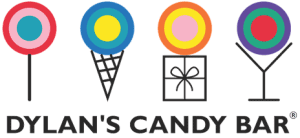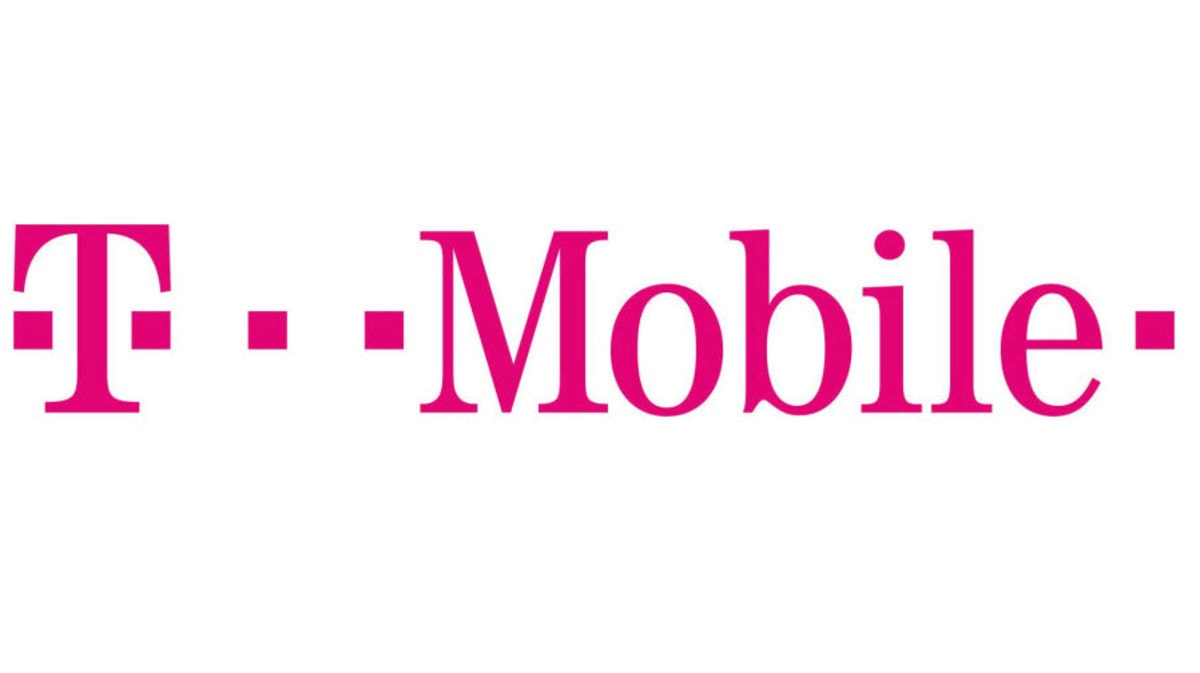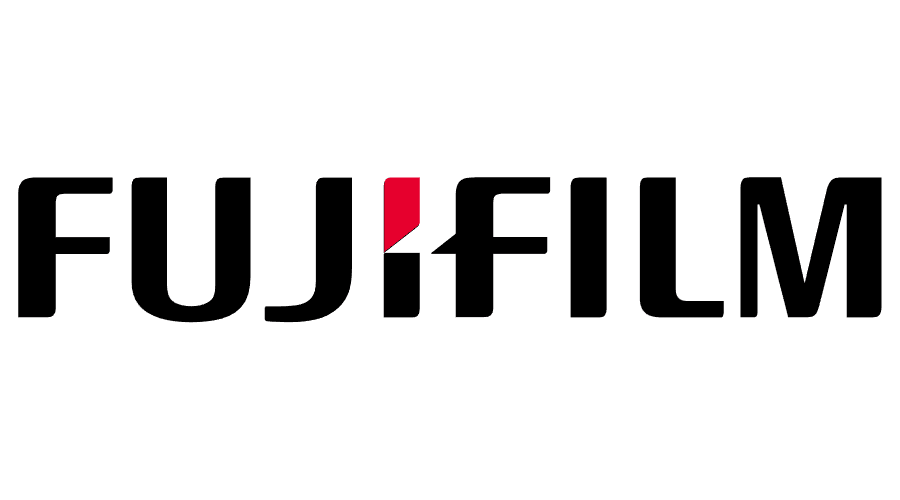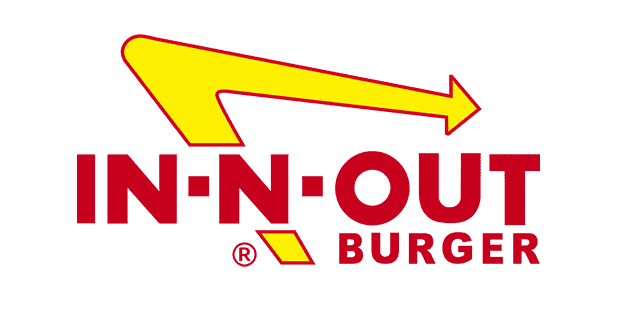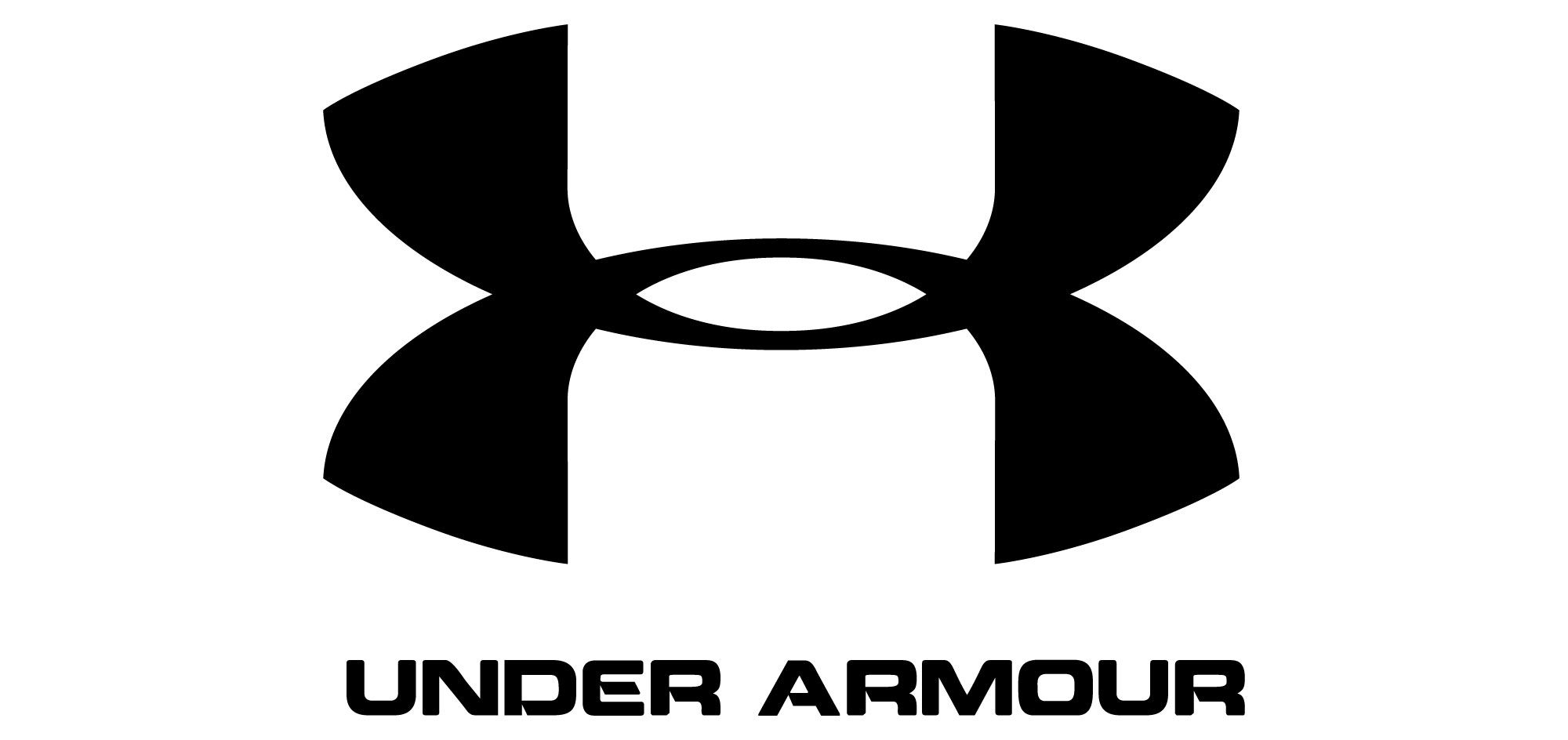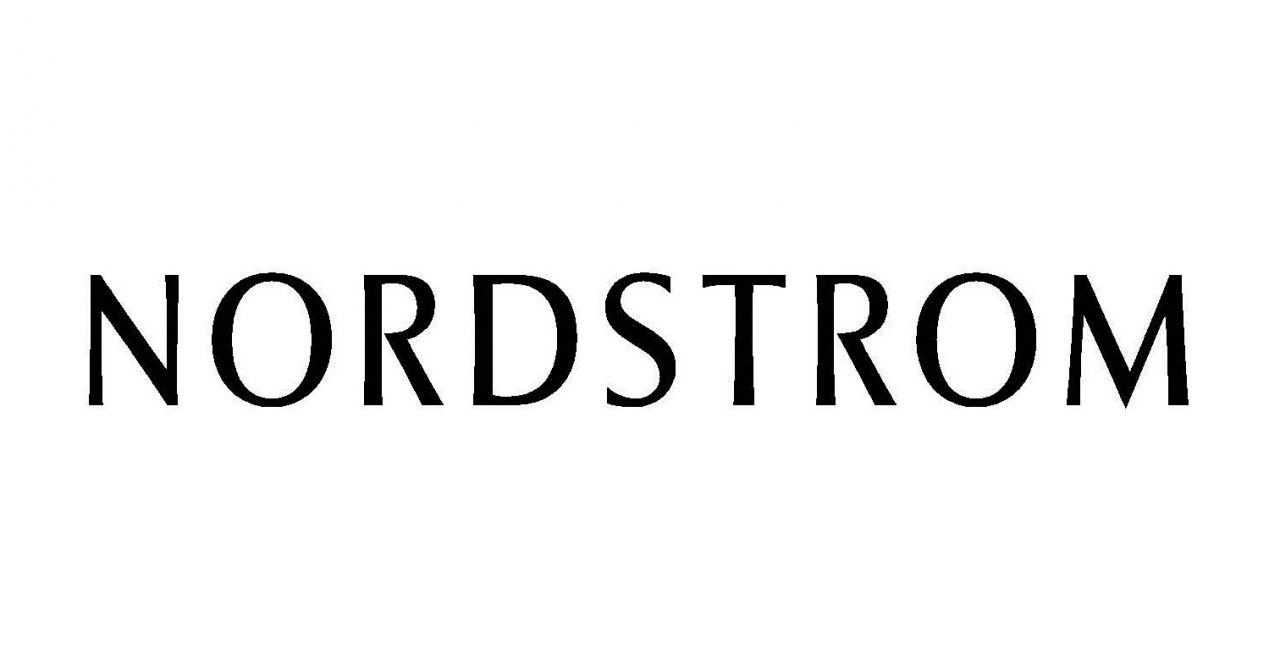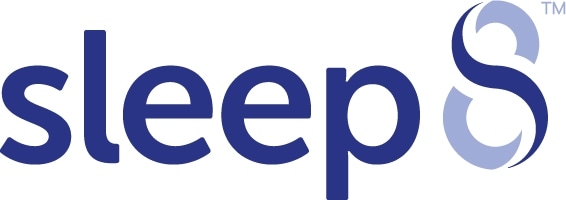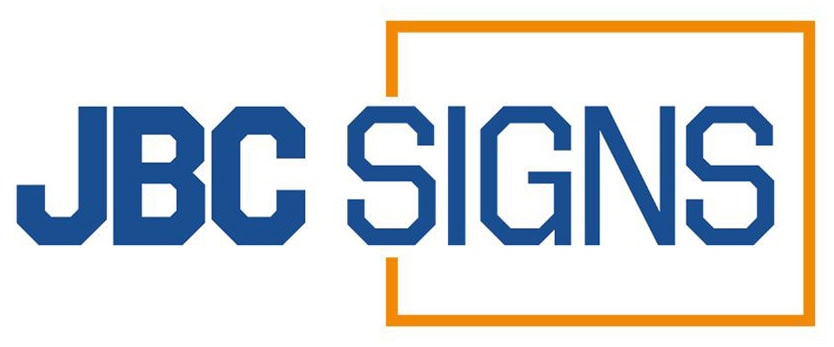Key Takeaways
- Avoid Holiday-Themed Colors
Using red and green together can unintentionally remind people of Christmas. This can distract from your marketing message if it’s not holiday-related. Choose neutral or brand-aligned colors instead. - Be Cautious with Patriotic Colors
Red, white, and blue can create strong national associations. Unless your brand is patriotic or government-related, this may limit your appeal. Consider alternative combinations that align with your brand’s identity. - Steer Clear of Harsh Contrasts
Yellow and black or neon combinations can be overwhelming. These colors often signal danger or warnings, making your marketing look uninviting. Opt for softer contrasts to maintain readability and appeal. - Consider Cultural Interpretations
Colors hold different meanings across cultures and may send unintended messages. For example, white symbolizes purity in some places but mourning in others. Research your target audience’s cultural preferences before choosing colors. - Ensure Brand Consistency
Stick to colors that match your brand identity for recognition and trust. Inconsistent color schemes confuse customers and weaken branding. A consistent palette strengthens your marketing impact.
Which colors do you use in your business’s marketing? Color can have a huge effect on the way people respond to your marketing efforts, from helping you attract the right amount of attention to presenting your brand in the right way.
Choosing the right colors can emphasize your business’s strong points and position your brand optimally. Choosing the wrong colors, on the other hand, can weaken or damage your brand, costing you recognition and revenue.
Do you know which colors to use in your marketing materials and which to avoid at all costs? Read on to discover three color schemes that you should never use in your marketing materials.
For direct marketing, black and white
Black and white has been used in advertising for decades. The famous Volkswagen print advertisements of the 1960s used black and white extremely well, inspiring a huge number of marketers to do likewise.
Using black and white as the foundation of your campaign is a risky decision. This is because black and white don’t stand out in print or on a computer screen in the way that bolder, more powerful colors do.
If you’re advertising in a medium in which black and white are typical – for example, a local newspaper or simple brochure – then using black and white isn’t such a large issue. However, black and white are best avoided for other marketing mediums.
Instead of using black and white, try using a power blue with white to create great contrast without reducing the visibility of your advertising. Other dark colors, such as dark green or purple, can also replace black without affecting readability.
For luxury products, red, yellow and orange
Strong, powerful and intense colors like red, yellow and orange are frequently used in advertising. Numerous retail and food brands, such as McDonald’s and KFC, have used these colors to build powerful, memorable and valuable brands.
While powerful, intense colors like this may work well in the fast food industry, they are far from ideal for luxury brands. This is because these sharp, powerful colors are all about urgency and convenience – two qualities that aren’t associated with luxury.
If your product or service derives its value from its quality and exclusivity, it’s better to use colors that emphasize these qualities – such as blue, green, brown or purple – than it is to use colors that make you stand out from the crowd.
All colors have their place in advertising, but it’s essential that your color scheme is a good match for your brand. A mismatch between brand and color can weaken and compromise your brand, reducing customer loyalty and hurting your response rate.
For health businesses, white-on-black text
White on black text – that is, white text on a dark, black background – is popular on the Internet, as it’s believed to increase readability and text visibility on many LCD monitors and make long pages of text easier to scroll through.
Offline, however, white on black generally isn’t a good idea. This is particularly true for health businesses, as the intense contrast of white on black text isn’t associated with the light, relaxing feel of a health clinic or spa.
If you’re marketing a health product or service, use light and refreshing colors that are easy to associate with relaxation. Light blue, pink and yellow are all ideal colors for marketing health-related services and products.
Color says a lot about your business, as well as the experience of interacting with it as a customer. Choose the color scheme you use in your advertising wisely, as it can have a surprisingly large impact on the way people respond to your message.
FAQs
- Why should I avoid holiday-themed color schemes?
Red and green are strongly tied to Christmas, which may limit year-round appeal. Customers may associate your brand with seasonal marketing. Choosing versatile colors ensures broader relevance. - Are patriotic colors a bad choice for branding?
Not always, but red, white, and blue can create strong nationalistic feelings. If your brand isn’t country-related, it may alienate some audiences. Neutral tones often work better for global reach. - How do high-contrast colors affect marketing materials?
Colors like neon yellow and black can feel aggressive or alarming. This might make your design hard to read or appear unprofessional. Balanced contrast improves readability and aesthetic appeal. - Why is cultural consideration important when picking colors?
Colors have different meanings in various cultures and can send unintended messages. For example, red represents luck in China but danger in other places. Research ensures your colors resonate with your audience. - How does color consistency help with branding?
Using the same color scheme across all materials builds brand recognition. Inconsistent colors can confuse customers and weaken trust. A strong, consistent palette makes your brand more memorable.



